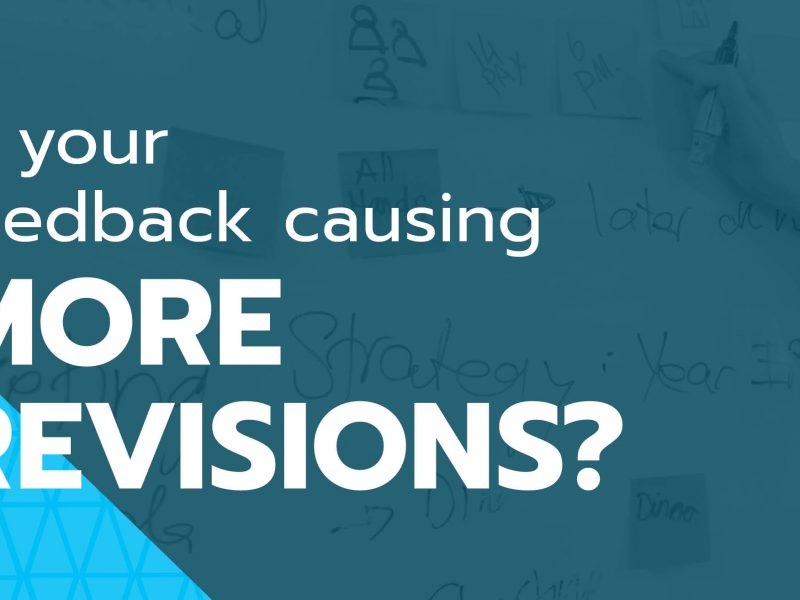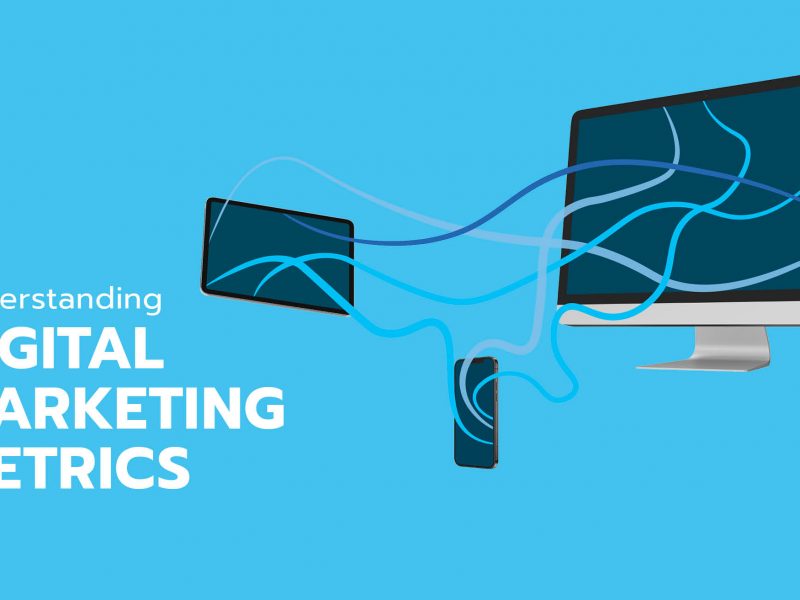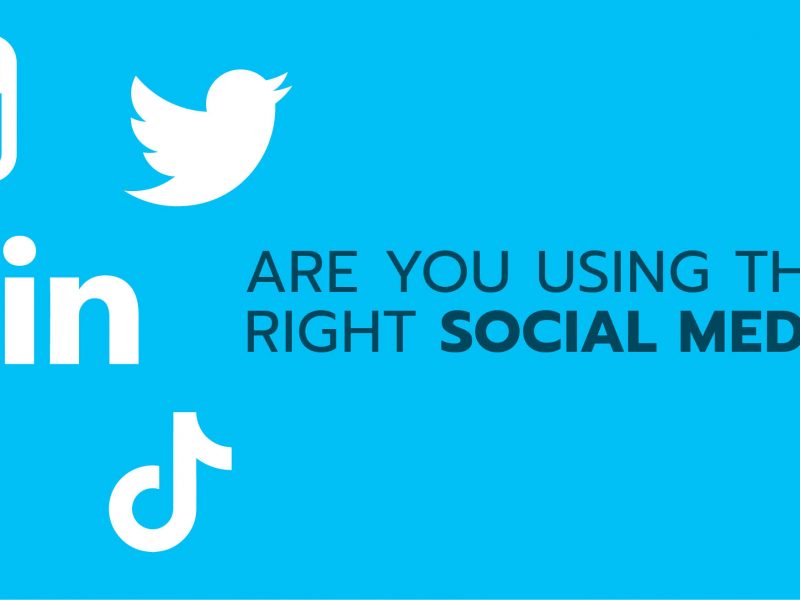
Emojis in Advertising 👏 🤔 🔥 🎉
e·mo·ji: noun
a small digital image or icon used to express an idea, emotion, etc., in electronic communication.
In 2015, the Oxford dictionary named the “Face with Tears of Joy” emoji 😂 as the word of the year. The first time a pictograph was named “word” of the year.
Recently big brands have been utilizing Twitter’s new feature of targeting users based on the emojis they tweet. For example, if a user tweets a sad emoji, compared to a happy emoji they would receive completely different ads. The targeting works the same for emojis that display certain interests such as sports, clothing, food, music, and travel. Allowing brands to reach users who are actively expressing interest in those topics.
A few examples of using emoji targeting would be showing restaurant ads to people who are tweeting 🍕 🥂 🍰. Sports-related ads to people tweeting 🏈 🏀 ⚾. Or showing travel ads to people using ✈️ ⛵ 🏖️.
In the past, advertisers on social media have relied heavily on keywords to target consumers displaying interests in a certain topic.
Now as more and more people use emojis instead of written words to share their feelings and interests, advertisers can utilize emojis to engage with interested consumers.
This allows brands to develop a sense of community by engaging with consumers based on what they are tweeting. Instead of just showing them an ad based on their age of geographical location. If done correctly, a brand could show an ad encouraging them to order food online after they tweet a food emoji. All while incorporating that original emoji back into their message, to strengthen their brand association.
While emojis still might not be popular with older demographics, both millennial and Generation Z’s emojis continue to be a favored source of communicating with each other, making this something both brands and advertisers need to be prepared to utilize to effectively engage with their followers.





